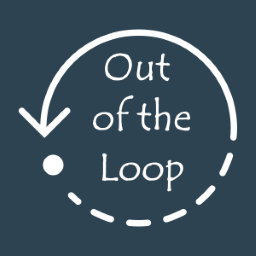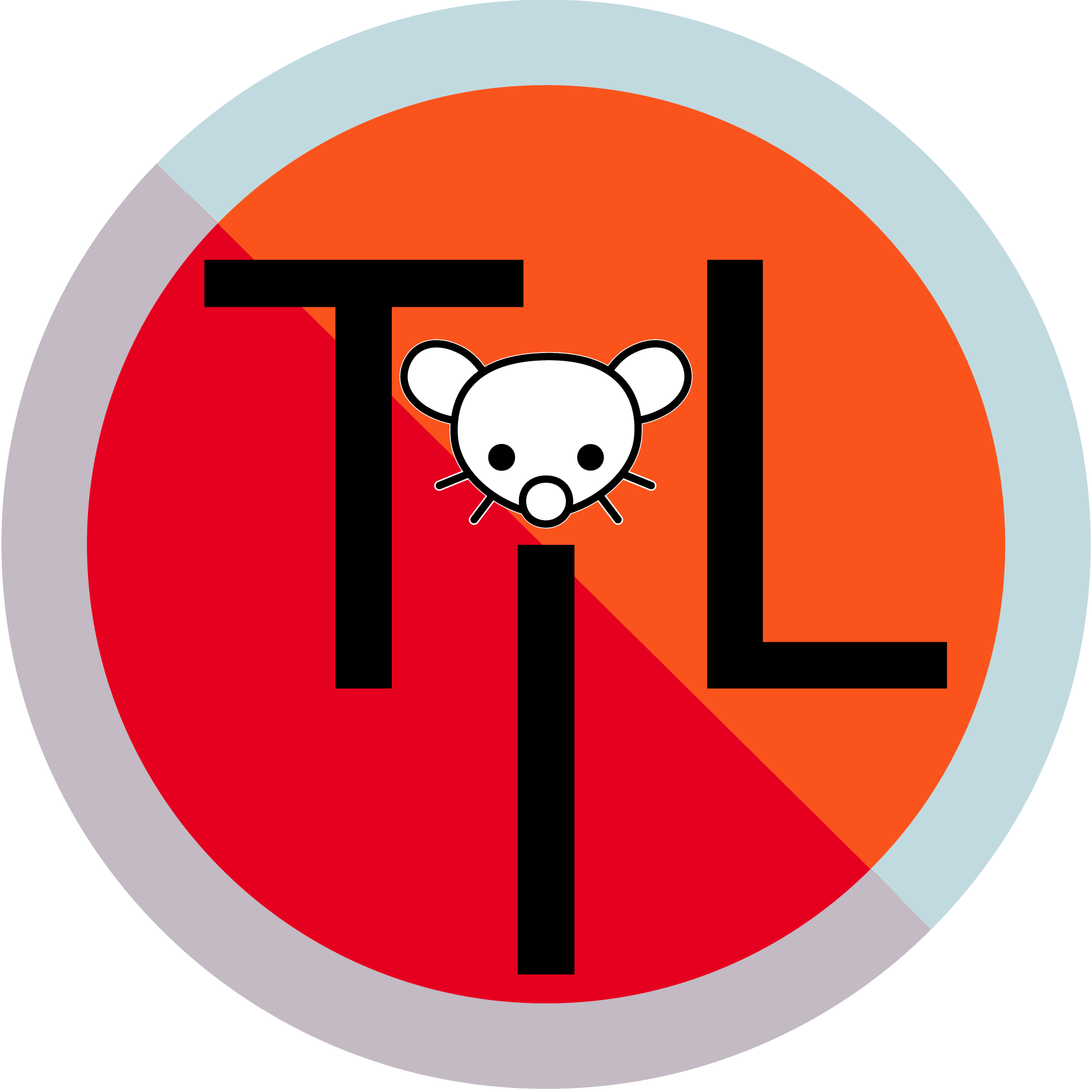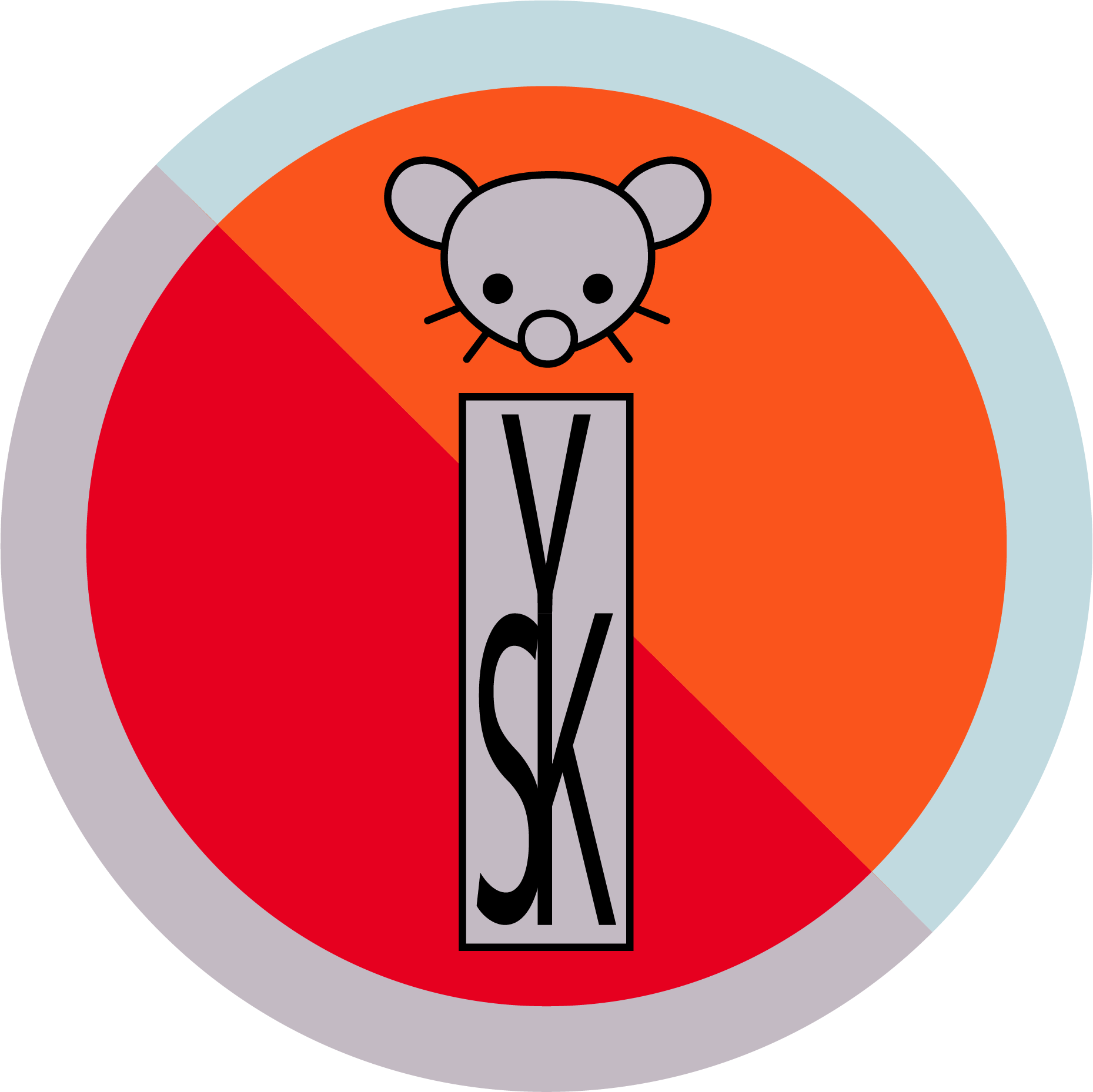

Meanwile 0-17 year-olds murdered in Gaza are all Hamas fighters.


Meanwile 0-17 year-olds murdered in Gaza are all Hamas fighters.


No, it stands for Jira.


Great story, but why antropomorphize? Would tools not be a better analogy?
C is like having a box of nails, manual tools and some mortar. The Notre Dame was built like that.
C# is like having a box of screws and some power tools. Some tools are still manual. This is how your grandma’s house was built.
Java is similarily a mix of old and new, but you also have stuff like cement. That’s how new schools were built.
Python is like having a modern hardware store at your disposal. Big, clunky, and you need a stroll down the isles before you find what could work. Should I use this power tool I know or a new one more specific for the usecase? What are those little plastic screw sleeve thingies? This is how modern homes are built.
Javascript is like US power tools. When trying to switch to them you’ll question your sanity, but you can still get stuff done just as well. However, only power tools: Want to drive a nail into something? Gonna need a semiautomatic nailgun. Want to hit something hard? Can’t use a hammer, there’s a power tool for that. Oh, and your nails and screws are shapeshifting. This is how the Opera House was built.
Type script is like javascript, but you retain your organized nailbox. For some reason, not many things were built with it.
Go and rust are like metric, traditional tools with some screws. However, they’re labeled in chinese. In essence, it’s the same as your run-of-the-mill tools. It just takes some time to get to know them. This is how a hospital gets built in a week.
I’ve never done Clojure, so wouldn’t know.


He’s a lonely king.
If I were US king, I’d have my goons do the feces-dropping.


Unfortunately, genocide is much less punished than run-of-the-mill murder.


If you meant to say there’s a G-spot missing in the word “AI” ro say “AGI”, then you’re right.
/s


Don’t you see?
Paying for buses for ILLEGAL ALIEN IMMIGRANTS doesn’t make money trickle down! When you “invest” money into poor people, they’ll just waste it! Money they don’t spend on the bus ride, they’ll spend on one more grocery at Walmart, which is INCONSEQUENTIAL FOR THE ECONOMY!
When you INVEST into products and services, that person will HIMSELF INVEST into buying what he needs. That makes money TRICKLE! Do you KNOW where our CONSTRUCTION INDUSTRY WOULD BE WITHOUT ELON?!
(/s)


True, but then again, every album is a playlist.


Too simple.
You need to open a website to print your written request form (which is 404’d, btw), and which you have to mail from a US location because other places don’t exist (unless they have laws, then we won’t risk it).
For those placez we just say we don’t do it to them. Then if and when the trashed cartridges do come to us, they’re all known to be from the US (pinky promise).


our parents aren’t having children
If someone doesn’t have children, they’re… Not a parent.
Unless you RFK means people with a child already, which makes no sense (and never did) except to religious nuts.
People aren’t cats to have litters of up to 6 kittens, and kids don’t grow up in 6 months.
They need to be fed, clothed, medicated and educated for 18+ years!
P.S. If you dump your kids out on their 18th birthday, spoilers! You’re a bad parent.


I thought the same thing, jjst in a different way:
If thr only thing electronics are 100% efficient at is producing heat, then why not think of a Raspberry Pi as a heater that just so happens to be able to do calculations as a byproduct, as opposed to heating elements which can’t?


Yup. The same game, with tangentially better graphics, requiring a 8 times faster computer to run.


It costs nothing to dial 911
Cries in US Healthcare

Thks is what happens when you let the marketing dept. have even a taste of alcohol.

Please name phones that are identical to this one. If just a single measurement is off, spoiler: I’m right!


Sorry for knitpicking, but saying “the rest of the sane world” implies Google is also sane.


The only action taken against your account in case of the charge failing (so not a chargeback) is tou losing access to paid stuff, whatever it may be.
If there’s a free tier, you should be reverted to that. If there isn’t , the account obviously gets suspended entirely.
Cancelling a paid account shouldn’t result in you losing access to otherwise free-tier services.
A chargeback (taking back money after you’ve used a paid service) is a whole different can of wirms, though. Which doesn’t mean you should lose free-tier access in all situations, mind you.


It is, but only in the eyes of people who think anything else doesn’t exist.
They get offended because they equate hetero with homo. One was used as a slur. Still often is. “Bringing the other to the same level” won’t make hetero as big of a slur - it’ll merely normailze the original.
And normalization of the other is the real reason thise types get upset.
I’m so sorry. The world is such a cruel place.
It’s kind of like mixing apples and oranges.
North American phone numbers are longer than in other places because other places have a country code, while a lot of NA uses a single code, +1.
This causes the problem of having to fit all those numbers under said code. Which makes the numhers themselves longer.
In the days before smartphones, people had to carry a notebook with numbers or just remeber them, so someone at Bell Labs git the idea to print letters on the number pad of phones.
What this does is make it easier to remember - for example, instead of remembering to dial 18002274846466 you dial 1800ACTIVISION.
For this you’d just press the key with the letter on it once. The phone line doesn’t use numbers or letters, but electrical signals. These signals correspond to the button pressed. So instead of calling it the “Top left button”, etc. it was labeled as “1”. Then ABC was added, but the idea was the same - you press the button with the right number/letter on it.
Similarily, if you formst a number with spaces and dashes - you don’t dial those. They’re likewise merely a tool to aid memorizing information.
SMS was a newer invention. You had these number pads with 12 buttons, labeled with numbers and letters. However, now you wanted to actually differentiate the different letters from numbers and from each other. You could just press the number once, but then the person on the other end would need to decode that "439” is “HEY” and not, say “IDY”. The simplest way was to make it so you’d need to press the button multiple times.
In essence, people first came up with the idea to add letters to phone keys to aid in memorizing numbers - however, it was still the number you dialed, not an alphanumeric code. Only later did the need to be able to specify a letter come. You use the newer convention for texting, and the older one for calling.